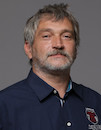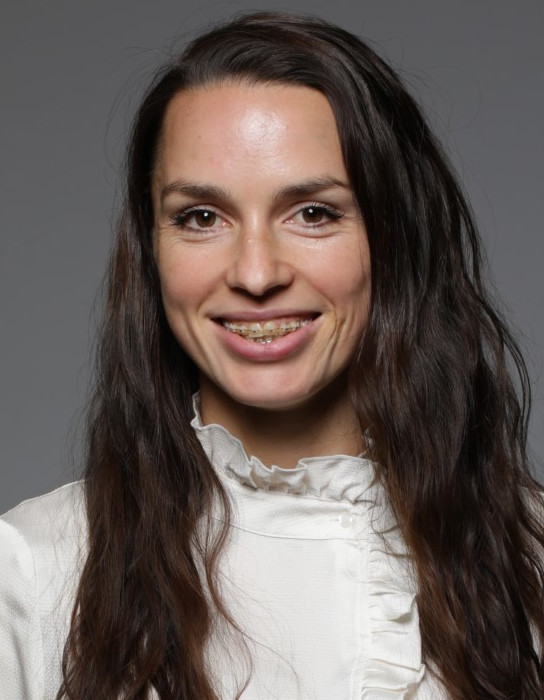Physics 2R
Laboratory exercises
Course Description
Study Programmes
University undergraduate
General Competencies
Students completing this course will: understand, appreciate and utilize basics of optics, wave theory and atomic physics in modern technologies and its devices; understand the fundamental principles of physics to prepare students to continue education in modern science and technology, as well as forming a foundation for life-long learning.
Learning Outcomes
- Analyze mechanical oscillatory systems.
- Apply the linearization technique to equations of motion of the oscillatory systems.
- Explain the wave equation in non-dispersive medium.
- Derive the electromagnetic wave equation from the Maxwell’s equations.
- Explain the phenomena of interference, diffraction and polarization of light.
- Explain the law of black body radiation by the Planck’s quantum mechanics.
- Analyze one-dimensional quantum mechanical systems.
Forms of Teaching
Lectures are delivered to groups of approximately 120 students using electronic presentations, detailed derivations on the blackboard and demonstration experiments.
ExamsWritten mid-term exam and the final exam consist of four excercises and a number of multiple choice questions.
Laboratory WorkStudents perform six laboratory experiments, carry out the analisys of the measured data and write the final report for each experiment.
ExperimentsLectures are supported by demonstration experiments that illustrate the concepts of physics. Approximately 30 mins / week.
ConsultationsAt least once a week each professor is available to the students for consultations.
E-learningDuring the semester homework assignments are delivered to the students through the e-learning system Merlin (Moodle).
Other Forms of Group and Self StudyIn approximately 4 terms per semester additional exercise-solving skills are demonstrated by assistants.
Grading Method
| Continuous Assessment | Exam | |||||
|---|---|---|---|---|---|---|
| Type | Threshold | Percent of Grade | Threshold | Percent of Grade | ||
| Laboratory Exercises | 5 % | 10 % | 5 % | 10 % | ||
| Homeworks | 0 % | 10 % | 0 % | 10 % | ||
| Mid Term Exam: Written | 0 % | 40 % | 0 % | |||
| Final Exam: Written | 0 % | 40 % | ||||
| Exam: Written | 0 % | 80 % | ||||
Comment:
In the mid-term exam and in the final exam one (of four) excercises must be correctly completed. In the written exam two (of six) excercises must be correctly completed.
Week by Week Schedule
- Simple harmonic oscillations
- Damped harmonic and forced oscillations
- Mechanical waves I
- Mechanical waves II
- Electromagnetism: Introduction
- Maxwell’s equations
- Electromagnetic waves
- MIDTERM EXAM
- Geometrical optics
- Wave optics
- Introduction to modern physics
- The structure of the atom
- Introduction to quantum mechanical waves
- Introduction to quantum mechanical waves II
- FINAL EXAM


 Pristupačnost
Pristupačnost













